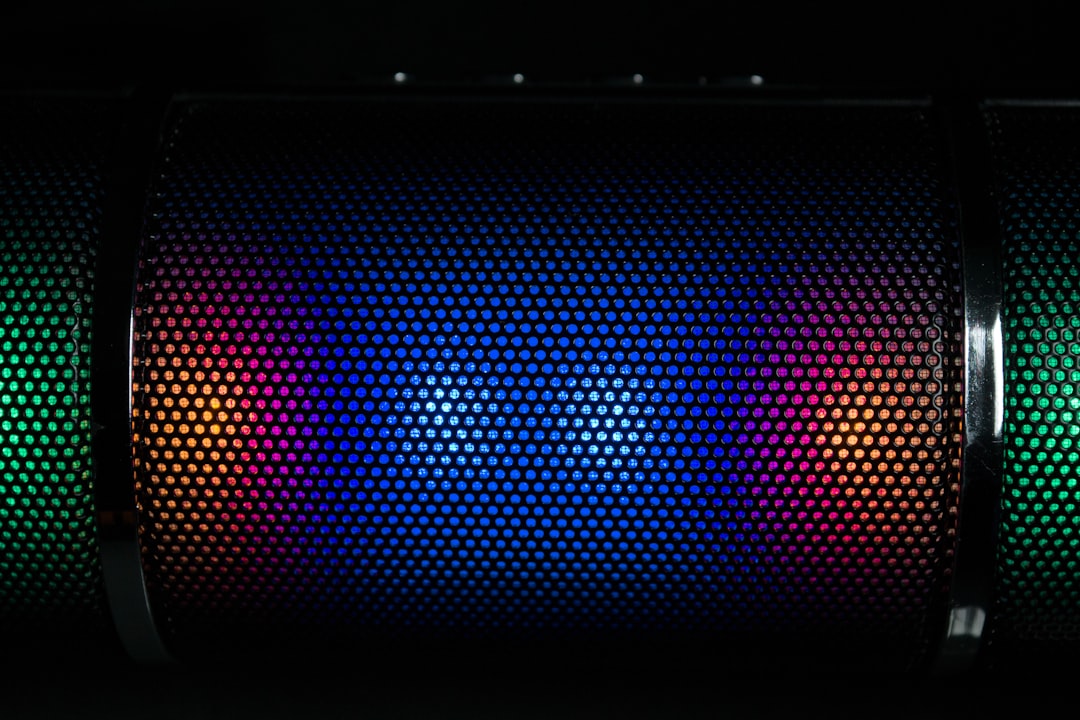
Unlocking Scalable CAD Solutions with Mesh Activation Technologies
In the realm of computer-aided design (CAD), the integration of Mesh Activation Technologies is revolutionizing the way engineers and designers approach their projects. These technologies are not just innovations; they are essential tools that unlock scalable solutions capable of handling complex designs efficiently. This article will delve into the significance of Mesh Activation Technologies in CAD, explore current developments, and discuss real-world applications that are shaping the future of design.
Understanding Mesh Activation Technologies
Mesh Activation Technologies refer to methods that enhance the performance and scalability of CAD applications by employing mesh-based models. These technologies facilitate the creation, manipulation, and analysis of intricate geometries in a faster and more efficient manner. By leveraging the capabilities of mesh structures, designers can work on larger models without compromising on performance, making it a game-changer in industries such as architecture, engineering, and product design.
Current Developments in Mesh Activation Technologies
Recent advancements in Mesh Activation Technologies have introduced several innovative features that streamline the design process. One notable development is the implementation of adaptive mesh refinement algorithms. These algorithms automatically adjust the mesh density based on the complexity of the geometry, ensuring that critical areas are finely detailed while optimizing performance on simpler regions. This capability not only enhances accuracy but also significantly reduces computation times.
Another emerging trend is the integration of artificial intelligence (AI) with mesh technologies. AI-driven tools can analyze design patterns, suggest improvements, and even automate repetitive tasks. This synergy between AI and mesh technologies is poised to enhance productivity and foster creativity among designers.
Practical Applications of Mesh Activation Technologies
Case Study: Aerospace Engineering
In the aerospace sector, where precision and performance are paramount, Mesh Activation Technologies are making substantial impacts. For instance, companies like Boeing and Airbus utilize advanced mesh models to simulate aerodynamic properties of aircraft. By employing high-fidelity mesh models, engineers can predict airflow patterns and optimize designs for fuel efficiency, thereby reducing operational costs.
Case Study: Architectural Design
In architectural design, firms are leveraging Mesh Activation Technologies to create complex models that can be easily modified. For example, Zaha Hadid Architects uses mesh-based modeling tools to design intricate structures that challenge conventional architectural norms. The flexibility and scalability of these technologies allow architects to visualize their ideas in real-time, leading to innovative and sustainable designs.
Expert Opinions on Mesh Activation Technologies
Experts in the field advocate for the adoption of Mesh Activation Technologies as a means to improve collaboration and efficiency in design processes. “The ability to manipulate large-scale mesh geometries with ease allows teams to focus on innovation rather than getting bogged down by technical limitations,” says Dr. Emily Chen, a leading CAD researcher. Her insights underline the importance of these technologies in fostering a collaborative environment that encourages creative problem-solving.
Future Trends in CAD and Mesh Activation Technologies
Looking ahead, the future of CAD solutions will likely see an increased focus on cloud-based mesh technologies. By enabling remote collaboration and access to powerful computing resources, cloud solutions can facilitate real-time updates and shared workflows, ultimately leading to faster project completion. Additionally, as virtual reality (VR) and augmented reality (AR) continue to evolve, the integration of mesh technologies will enhance immersive design experiences, allowing stakeholders to interact with models in a more intuitive manner.
Further Reading and Resources
To deepen your understanding of Mesh Activation Technologies and their impact on CAD solutions, consider exploring the following resources:
Conclusion
The integration of Mesh Activation Technologies into CAD solutions is unlocking a new era of design possibilities. By enhancing scalability, improving performance, and fostering collaboration, these technologies are poised to reshape industries and elevate the standards of innovation. As designers and engineers embrace these tools, they will undoubtedly push the boundaries of what is possible in the world of design.
For those interested in exploring these advancements, consider subscribing to industry newsletters, joining relevant forums, or trying out CAD software that features Mesh Activation Technologies. The journey of discovery and innovation is just beginning, and being part of it can lead to remarkable opportunities.


